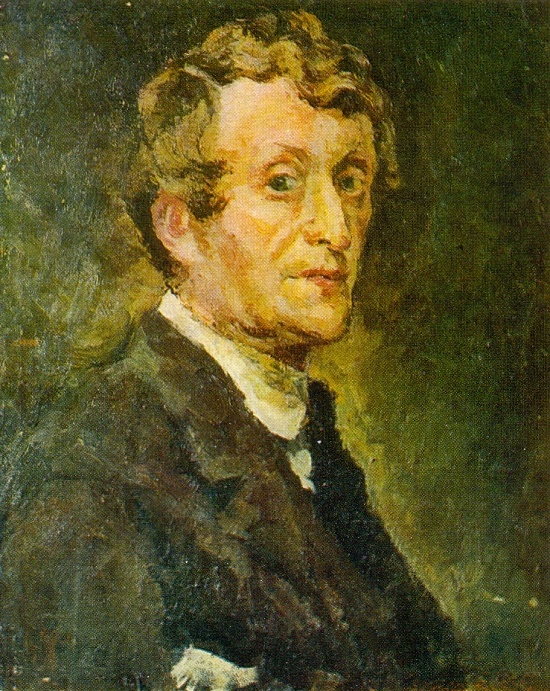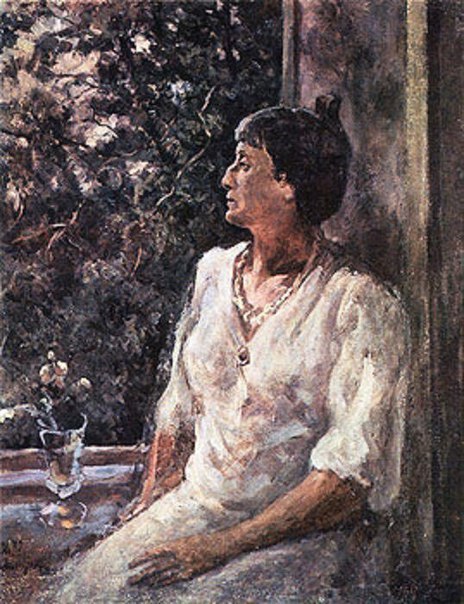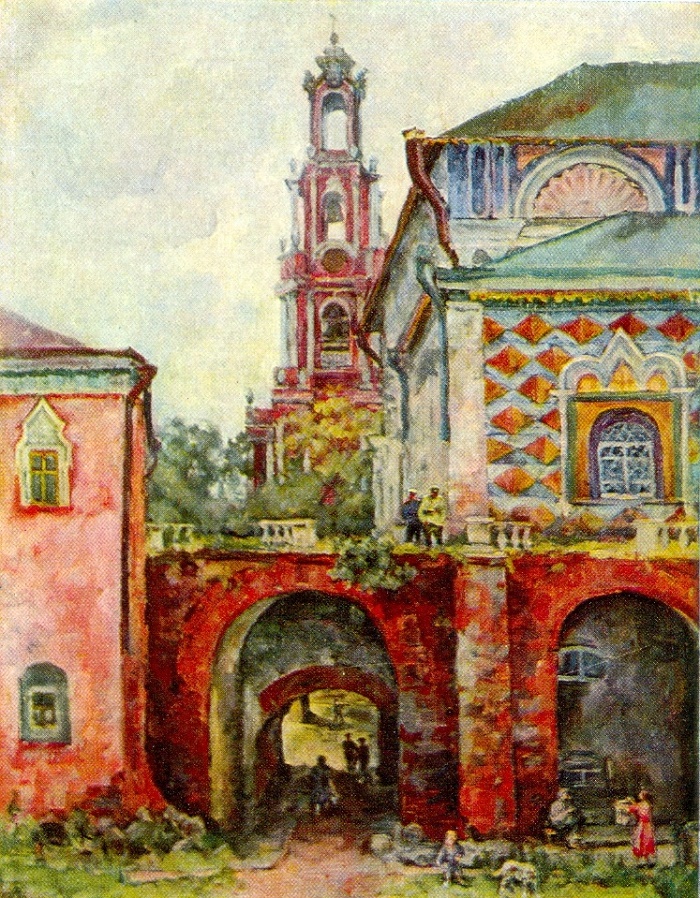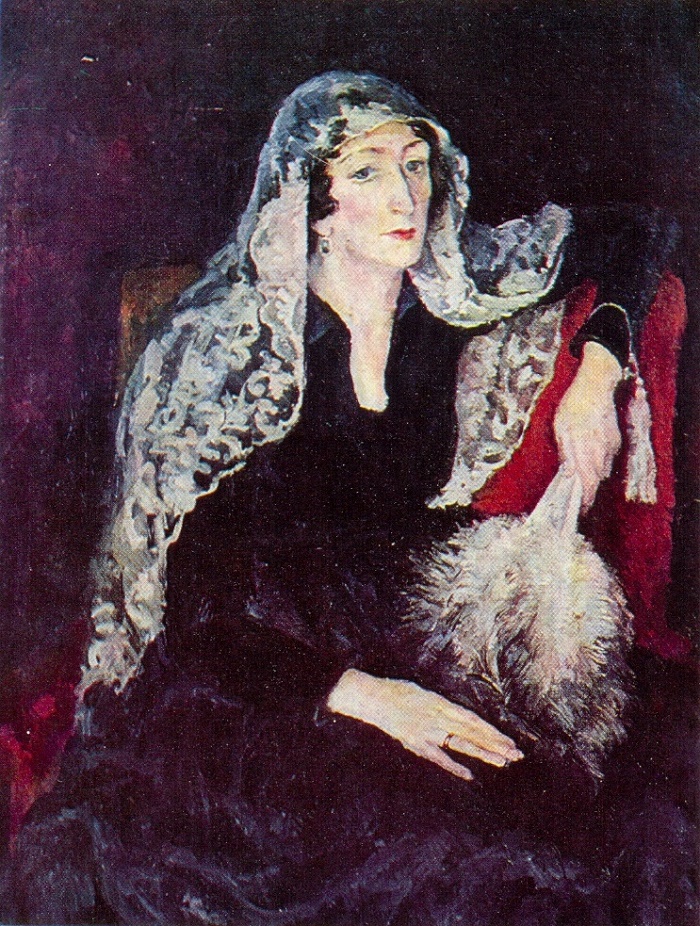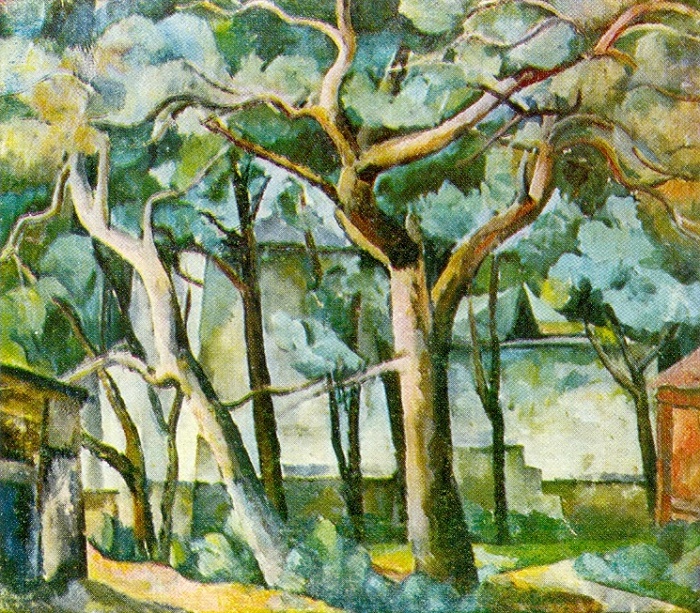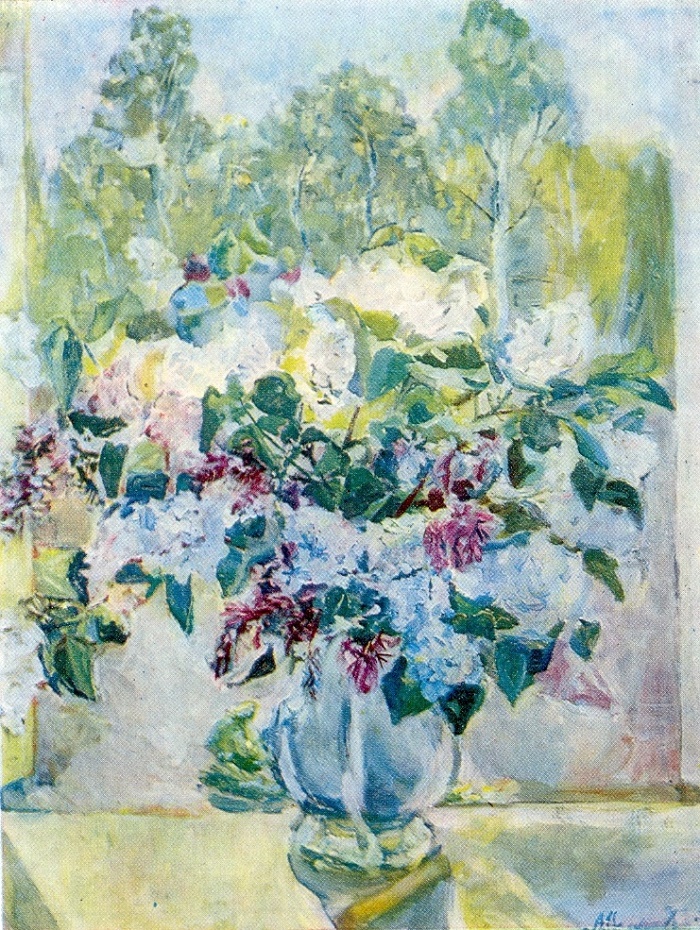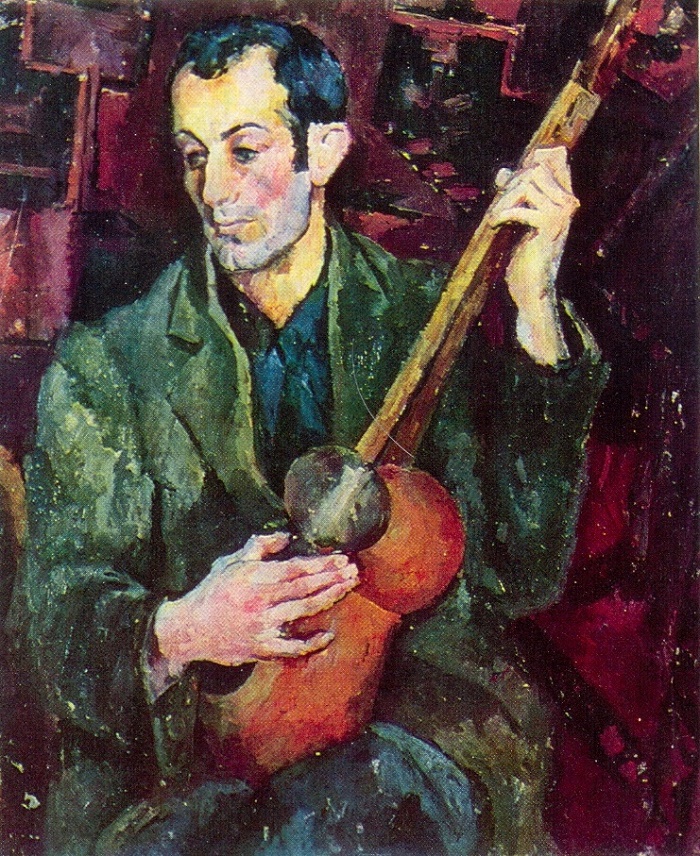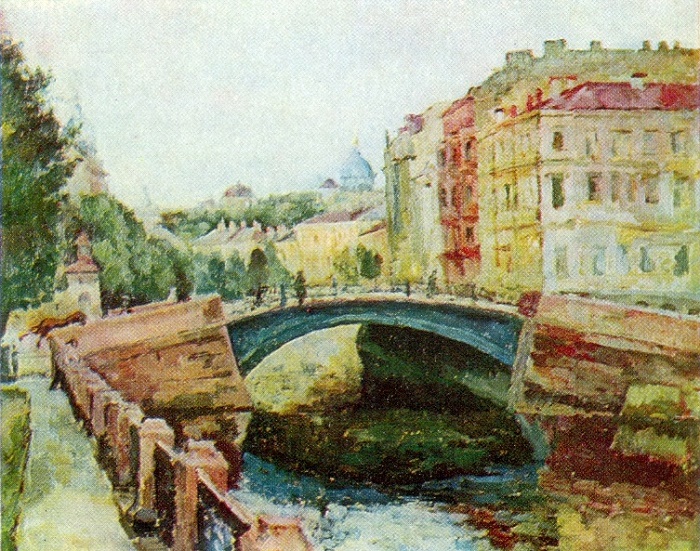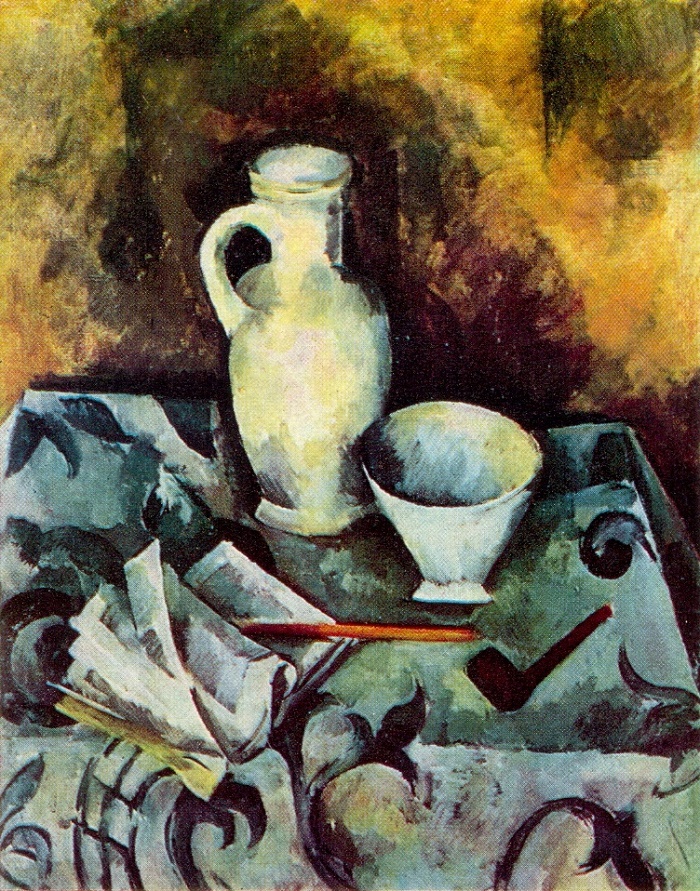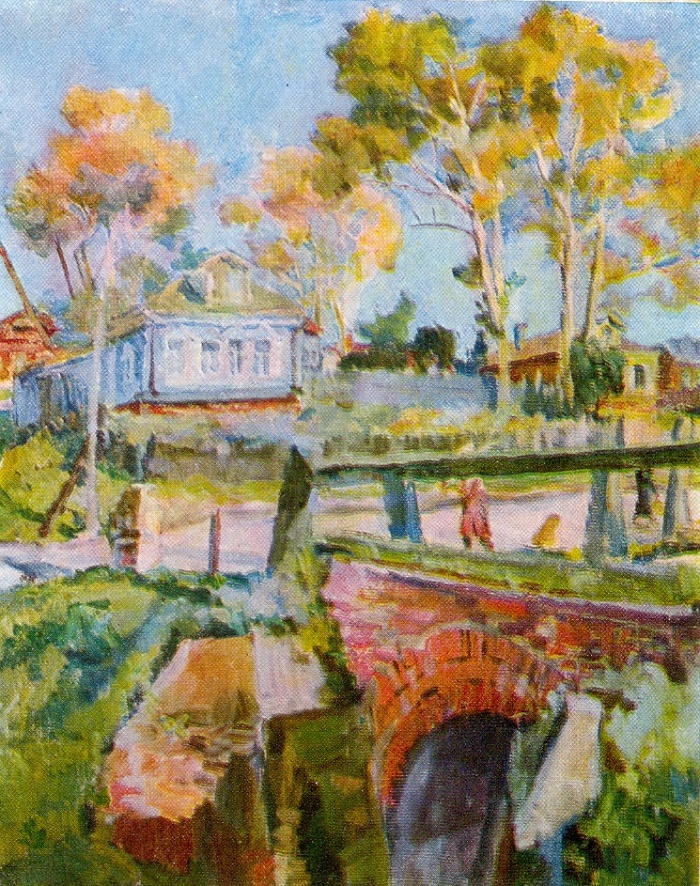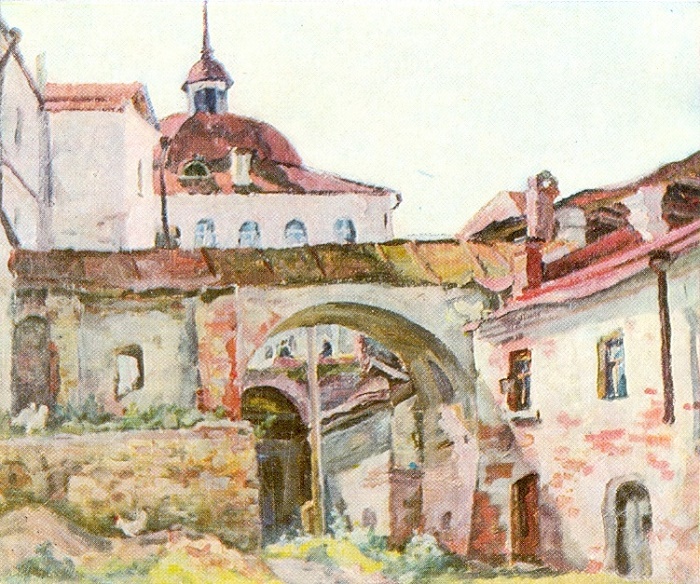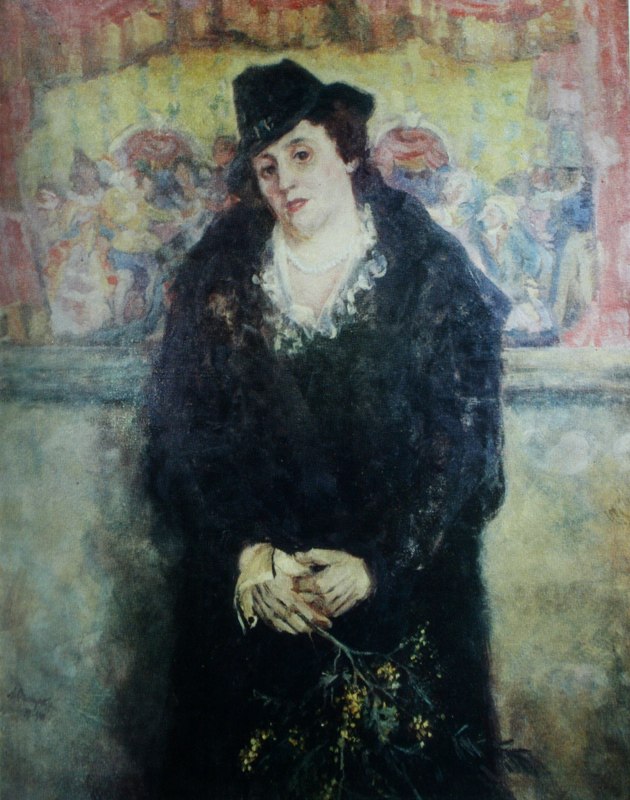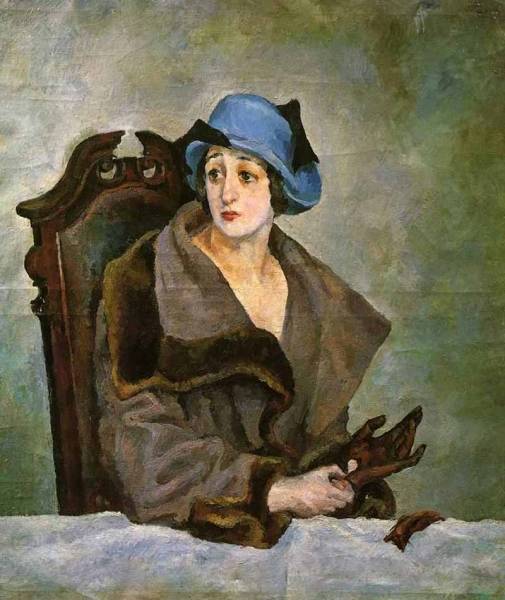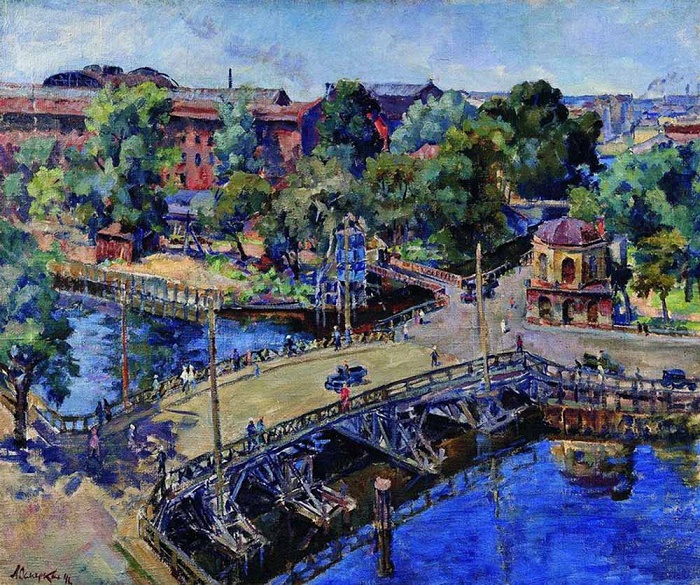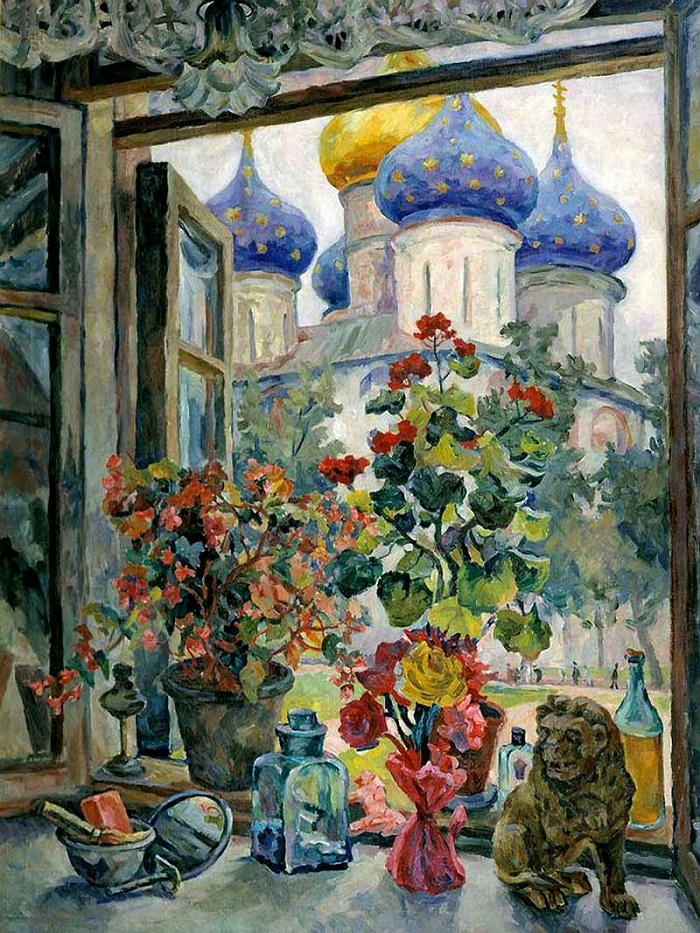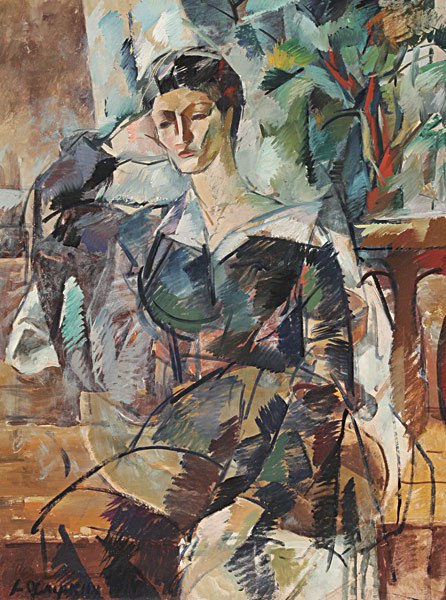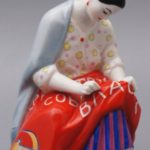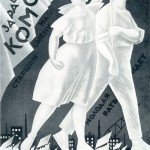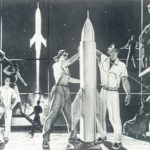Soviet artist Alexander Osmerkin 1892-1953
Soviet artist Alexander Osmerkin
Creativity of the remarkable artist Alexander Alexandrovich Osmerkin (December 8, 1892 – June 25, 1953) is still little known. Nevertheless, the artistic heritage of Osmerkin is enormous. His works are in many museums in Russia and the former USSR. They were often at various exhibitions, beginning in 1913, when the young painter showed his first works at the exhibition of the artists’ society “Jack of Diamonds” (Bubnovy Valet, (1910-1916). If in general to determine the nature of the painting of this master, then we can say that he is an artist of the lyric plan.
In his work predominate poetry-filled still-lifes, landscapes and portraits, although along with them Osmerkin created large thematic pictures. In particular, “Moscow suburb tavern” (1926), “The Red Guard in the Winter Palace” (1927, State Russian Museum), “Communist replenishment of the nineteenth year” (1928, the State Tretyakov Gallery).
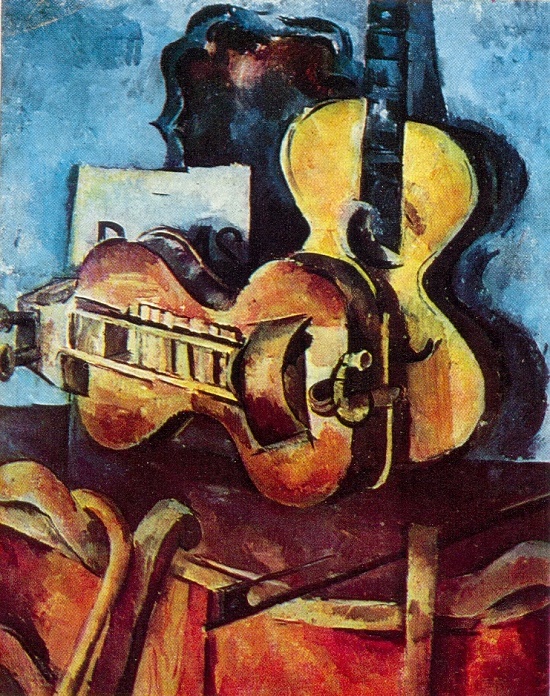
Still life with a bandura. 1920. Soviet artist Alexander Osmerkin (December 8, 1892 – June 25, 1953)
The sublime attitude to the world, the sense of harmony of nature and the hidden poetry of the simple things surrounding the artist, inspired his works with beauty, and now exciting both fans of painting and professional artists. In his memoirs about Osmerkin, the artist A. A. Deineka wrote: “His painting is so similar to the author. The scattered soft lyricist, poetry lover, the man of absolute pictorial hearing, the artist, devoid of any kind of eagerness, selflessly in love with art… He was like Don Quixote in art, much seemed to him better than it really was, he looked at many things with sublime delight. ”
How much nobility and austerity in one of the artist’s early self-portraits (about 1927, the State Tretyakov Gallery), how the color saturated with ocher and greens, creating a plastically rigorous image, and in exquisite performance, in the the light, we recognize the artist who knew only his own world of art, the world of painting.
Born in 1892 in Ukraine, in Elisavetgrad, Alexander Alexandrovich Osmerkin grew in a creative artistic atmosphere. It was the family of a land surveyor, a native of the peasants of the Podolsky province, Alexander Pavlovich Osmerkin. The mother Olympiada Vasilievna took care of her son. However, the first who introduced the future artist to art was his uncle, Yakov Vasilievich Pauchenko, a graduate of the Moscow School of Painting, Sculpture and Architecture. He was the architect, famous in the city. In the Osmerykin’s house there were paintings by M. Kh. Aladzhalov, a well-known landscape painter, with whom his uncle studied together at the Moscow School. Talks and arguments about art created an atmosphere of creativity in the family.
Also often prepared home performances, decorated by his uncle, and in which all members of this friendly family participated without fail. And to become an actor, and devote himself to the stage was a child’s dream of a future artist.
Youthful love for the theater later turned into work on the design of theatrical performances, and the special artistry and elegance of the external appearance were always peculiar to him. Uncle subscribed out art publications from the capital, and the boy watched for hours the reproductions of paintings by famous masters. The first revelation of great art, one of the strongest impressions of childhood was for him, Vrubel’s “Muse”, reproduced in the journal “NIVA”. From that moment began his love for the work of the great artist, and admiration for which he carried through his whole life.
But not only the painting then won his heart. “The sense of art,” as he himself later called the ability to penetrate the sublime and beautiful world, was brought up in literature as well. He excellently knew Russian poetry – the work of Baratynsky, Tiutchev, Fet, but still the idol and God for him always remained Pushkin. Everyone who knew Osmerkin noted his brilliant knowledge, feeling, reading of the poet’s immortal creations, to which he dedicated a series of paintings in 1928 in Mikhailovskoye, Trigorskoye, and Pushkino.
In the late 1900’s, Osmerkin, along with his friend Isaak Rabinovich, later a prominent Soviet theater artist, went to Kiev to study painting. However, the stay in the Art College, workshops of N. Pimonenko, Makushenko and G. Dedchenko was short-lived. He was drawn to Moscow, to a noisy, bubbling city – the center of a new young art. To somehow live he had to perform theatrical scenery, but the main thing for him at that time was studying in the private studio of I. Mashkov, who was one of the organizers of the “Jack of Diamonds”.
The beginning of the twentieth century in Russian art is marked by the emergence of various artistic groups. The main core of the association of artists “Jack of Diamonds”. The main core of the association of artists “The Jack of Diamonds” – I. Mashkov, P. P. Konchalovsky, V. Rozhdestvensky, R. R. Falk, A. V. Lentulov, and A. V. Kuprin. The artists of this society contrasted the refinement of the works of the “World of Art”, the symbolism, the understatement of the Blue Rose, and the materiality of painting. “A healthy love for the bright flesh and blood of things, healthy, rude, sometimes reaching “lubocity”- as the critic Tugendhold wrote about them.
Classes in the studio of Mashkov, the artistic environment, which then entered young Osmerkin, later working with Konchalovsky as his assistant in 1 and 2 Free state workshops, creative friendship of artists – all this turned out to be fertile ground for the development of his talent. “I went all the way to analytical searches in painting. There were Impressionism, Cubism, etc.”, – the artist himself will later say about himself.
Soviet artist Alexander Osmerkin
Source
illustrated album “Alexandr Osmerkin”. Publisher Soviet Artist. Moscow. 1971
